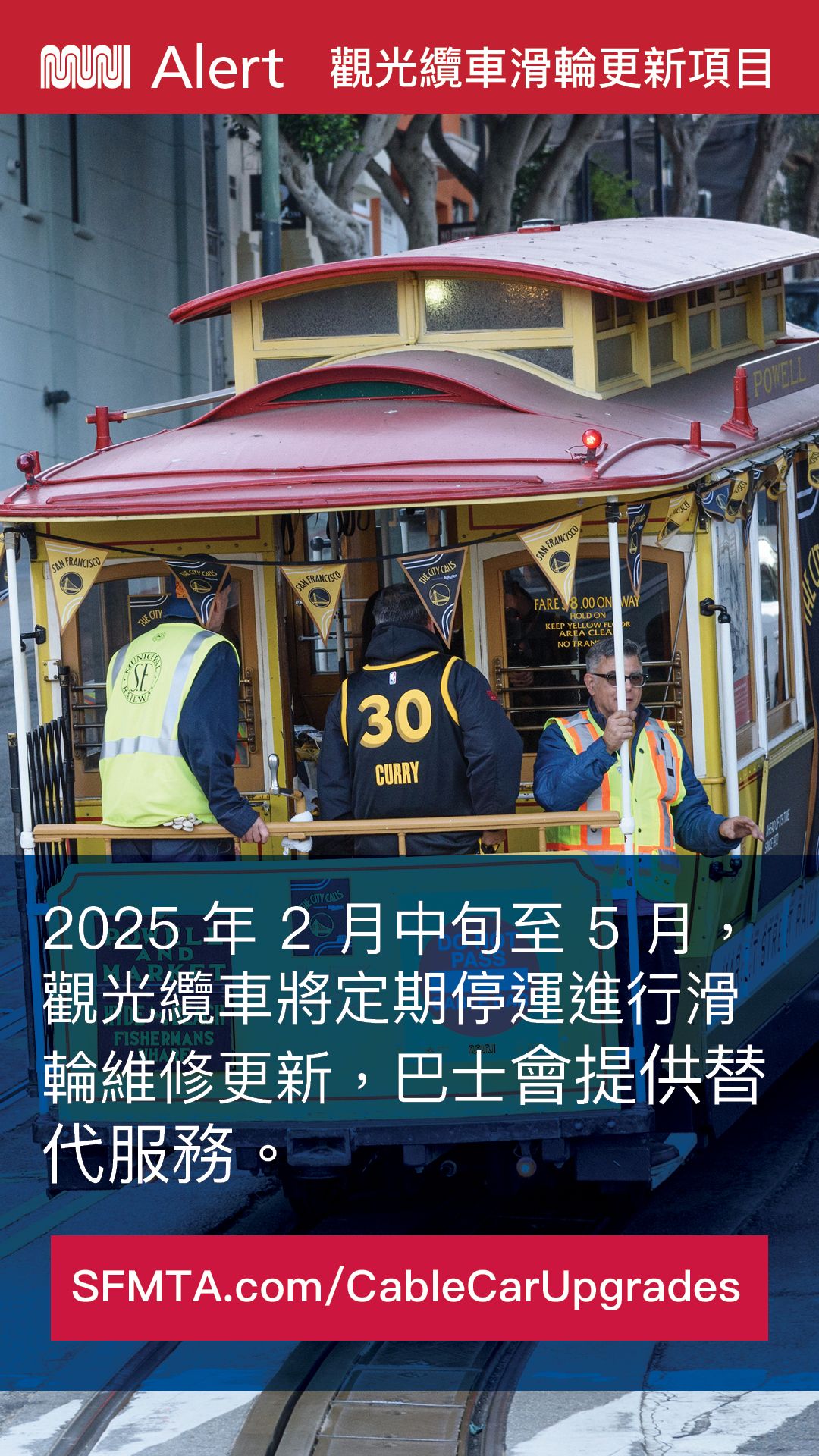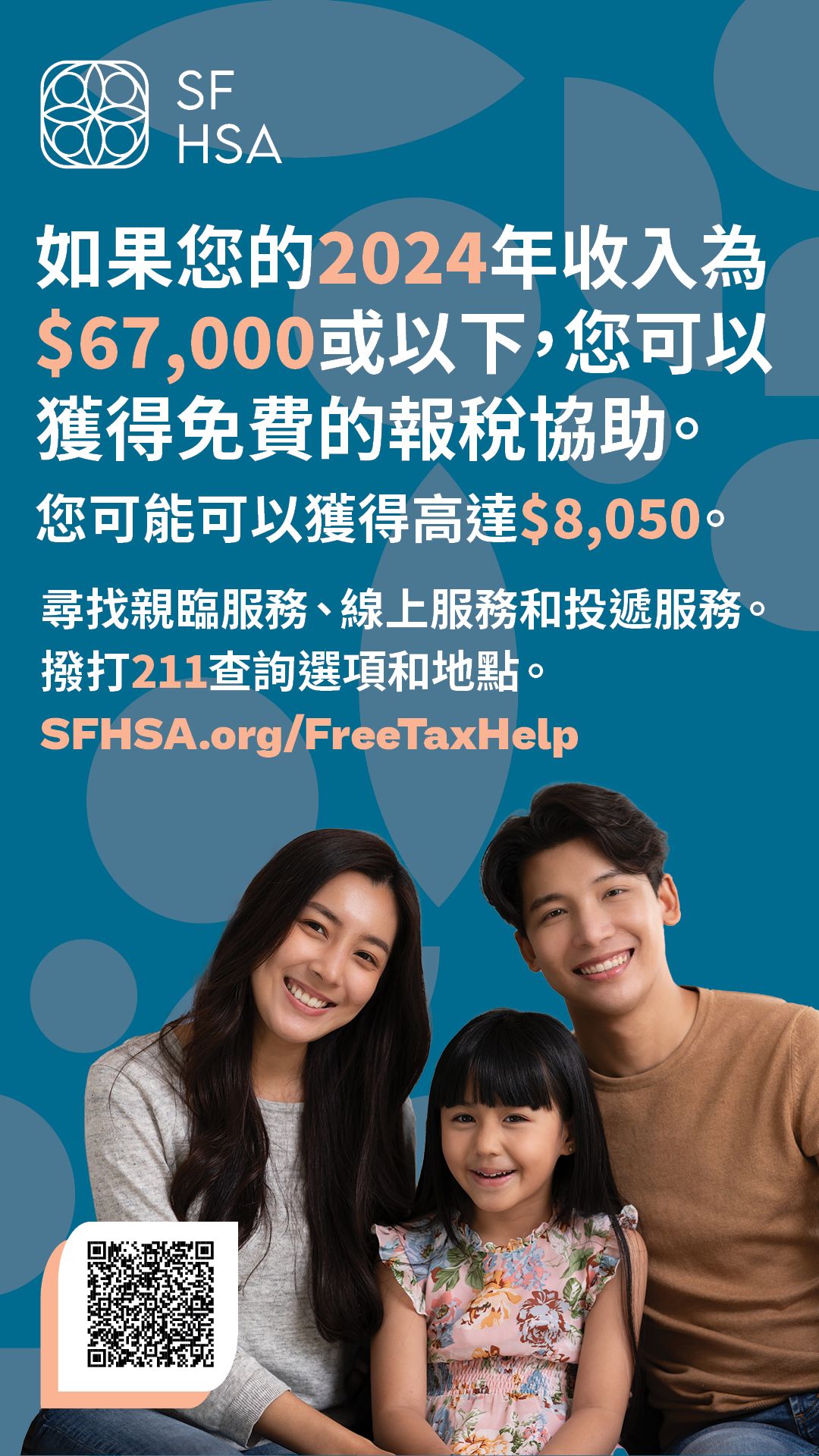Opinion: The Lau v. Nichols legacy after 50 Years

In 1896, as the Supreme Court Justice John Marshall Harlan roared his solitary dissent over the Plessy v. Ferguson decision, he contrasted the privilege enjoyed by the Chinese over Blacks: “There is a race so different from our own that we do not permit those belonging to it to become citizens… I allude to the Chinese…”. Yet, a Chinese person “can ride in the same passenger coach with white citizens…”.
Justice Harlan clarified his antipathy in his US v Wong Kim Ark dissent in 1898, which affirmed birthright citizenship to the Chinese, “a distinct race and religion, remaining strangers in the land … and incapable of assimilating…”. Indeed, Justice Harlan articulated a sentiment that has permeated the American legal psyche.
As Brown v. Education in 1954 overturned the state sanctioned “separate but equal” in Plessy, the courts ignored the incipient concerns of the Chinese, until a 25-year-old attorney Edward Steinman slapped down a lawsuit in 1970 on behalf of Kinney Lau and 12 other plaintiffs against Alan Nichols, the President of the San Francisco Unified School District (SFUSD) for an education deficiency.
Of the 2,856 Chinese students who did not speak English, SFUSD offered supplemental instruction for only 1,066 students. The remaining 1,790 just languished in regular classes.
Nevertheless, the SFUSD disclaimed a duty to help non-English speaking students with supplemental instruction because it had already afforded the same education opportunity to all students. It treated an unequal class equally to absolve itself of any responsibility to correct an unequal educational opportunity.
Lloyd Burke, a conservative U.S. District Court Judge, quickly agreed with the SFUSD in Lau v. Nichols. He saw nothing wrong with students struggling to learn English because they “received the same education made available on the same terms and conditions to the other tens of thousands of students …”.
The 9th Circuit Court of Appeals affirmed Burke’s decision and blamed the “appellants themselves in failing to learn the English language”. The Appeals Court decision implicated the sins of the parents and helped realize the self-fulfilling prophecy that Chinese immigrants could never assimilate. Yet, it failed to recognize that 7 of the 13 plaintiffs were native-born American citizens.
During the Supreme Court oral argument on December 10, 1973, plaintiff attorney Steinman asserted that the “actions of the school system perpetuate that inability to speak English” and trapped students in a ghetto. The plaintiffs just wanted “to be taught English … so they can have the type of mastered English which our society requires”.
The Supreme Court justices coalesced quickly and narrowly around the statutory ground of Title VI of the Civil Rights Act to support the plaintiffs but disagreed about invoking the equal protection clause in the 14th Amendment.
Some justices even refused to reference Brown. Although the unanimous decision written by William O. Douglas overturned the Appeals Court ruling and remanded the case to the District Court, it offered no specific remedy because the “petitioners ask only that the Board of Education be directed to apply its expertise to the problem and rectify the situation.” The Lau v Nichols decision never stipulated any requirement for bilingual education.
As a conflict resolution, however, the SFUSD and a citizens’ advisory committee did champion bilingual, bicultural education for English Language Learners (ELL) and other resources including English as a Second Language (ESL) program.
Together they forged a Master Plan that framed the Consent Decree issued on October 22, 1976. Through different modifications the Consent Decree lasted 43 years until 2019.
Even though Lau v. Nichols never altered constitutional law, it nevertheless catalyzed the
Chinese community to interact with the SFUSD to shape bilingual education and to redefine the meaning of a barrier that blocks access to equal education.
Whereas the National Association for the Advancement of Colored People (NAACP) sought to remove physical barriers to equal education by integrating schools across the community, as exemplified by the contemporaneous lawsuit Johnson v. SFUSD, Lau v. Nichols aimed to remove a language barrier to equal education by integrating bilingual, bicultural English language programs into the local community schools.
The diametrically opposing goals created a tension in the civil rights movement and stimulated thoughts about a pluralistic approach in the search for equality.
Indeed, the sustained bilingual, bicultural programs in the U.S. schools for the last 50 years owe their genesis to Lau v. Nichols. So also does a social and political awakening in the Chinese community.
In many ways, Lau v. Nichols empowered Chinese Americans to continue shaping their children’s education as exemplified by the recent recall of some San Francisco Board of Education (SFBOE) members and by the current insistence on an inclusive voice in the SFBOE’s Parent Advisory Committee.
Justice John Harlan articulated a common opinion of the Chinese in his time, but time has certainly not affirmed that opinion.
*Professor Thomas Jue is teaching at the University of California at Davis
- Do empty yellow loading zones best serve the San Francisco Chinatown community?
- T&T Supermarket, largest Asian grocery chain in Canada, announces to open at San Francisco City Center on Geary Blvd. in winter 2026
- Charlene Wang runs for Oakland District 2 Councilmember on April 15, 2025 to represent Oakland Chinatown
- Mayor Lurie announces plans to support small businesses including First Year Free program waiving fees for new businesses
- 12 speed safety camera systems out of 33 begin to operate in San Francisco by first issuing warnings instead of citations for 60 days
- Taipei Economic and Cultural Office extends services with opening of its permanent home in San Francisco
- Zu Shun Lei, 90, publishes his comic books to bring joy and laughter into the community
- Prop K opponents sue to stop permanently closing Upper Great Highway for an oceanfront park






